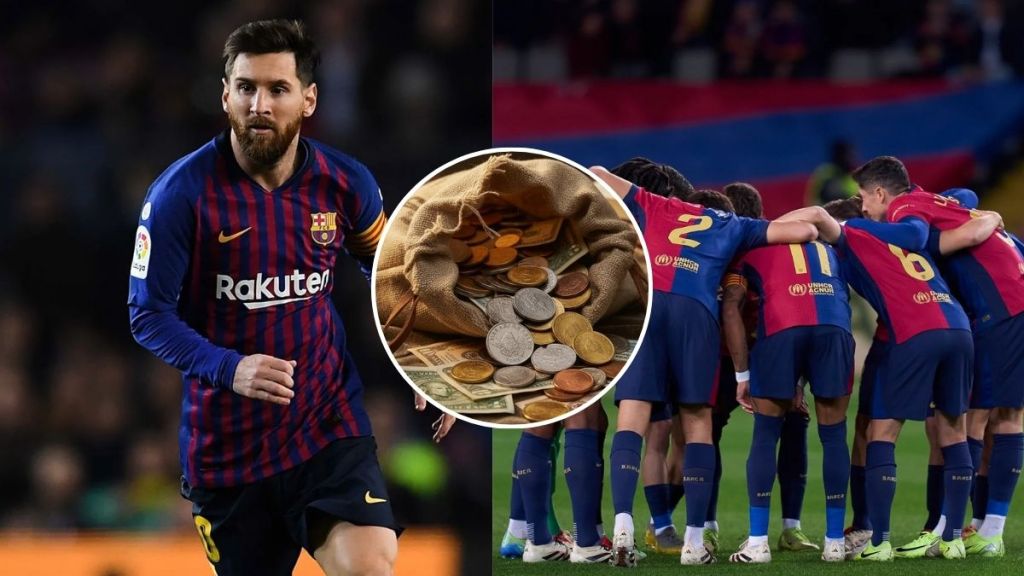FC Barcelona, once the crown jewel of world football, is now drowning in debt, about $2.273 billion to be exact. This sum has piled up over the years due to the extensive spending on transfers, expensive projects, and a series of poor financial decisions.
At the heart of the crisis is Barcelona’s massive transfer debt, which currently stands at €159 million ($168.4 million).
This debt comes from unpaid instalments for players bought between 2022 and 2025, including big-name signings like Robert Lewandowski, Raphinha, Jules Koundé, and Ferran Torres.
The club spent heavily in an attempt to rebuild after losing Lionel Messi in 2021, but three years later, less than half of those transfer fees have been paid off.
For example, €78 million ($87.2 million) of the fees for the 2022 signings are still unpaid, and Barcelona needs to cough up €140 million just this season. Clubs like Bordeaux, Stade Rennais, and La Brede FC are still waiting for their money, adding more pressure to the club’s already fragile financial situation.
Camp Nou renovation
Barcelona’s financial troubles are not just from player transfers. The club has also been pouring money into a massive renovation of their iconic Camp Nou stadium.
The goal was to modernise the stadium, increase capacity, and bring in more revenue on matchdays through the “Espai Barça” project. The plan sounded great at the time, but it has not gone as smoothly as expected.
Delays, rising costs, and the effects of the COVID-19 pandemic have all played a part in pushing back the stadium’s reopening and eating into expected revenue.
Barcelona was counting on the new Camp Nou to bring in around €247 million a year, but those numbers are nowhere near where they need to be.
To fund the renovation, the club took on a €1.45 billion debt package, backed by bonds. In 2025, Barcelona had to refinance part of this debt by issuing €424 million in new bonds, stretching their financial obligations out until 2050.
This means the club will be paying for this project for decades to come, further deepening their financial hole.
Barcelona is still ‘optimistic’
Barcelona’s president, Joan Laporta, remains optimistic. He believes the club is on the right track, even if it feels like the crisis is far from over.
Through financial restructuring, including selling off future revenue rights and cutting costs on player wages, Laporta has managed to stabilise the situation somewhat.
There is even been a slight uptick in investor confidence, with credit agencies giving the club’s outlook a boost.
However, the truth is that Barcelona still ended the 2024/25 fiscal year with a €17 million loss. This shows that, regardless of efforts to turn things around, the club’s financial health remains precarious.
Even so, Laporta stays positive. “We are much better off than we were four and a half years ago,” Laporta said. “Some of the statements surprise me – everything can be improved. But today we are much better off than when we arrived.”
Barcelona is still fighting to defend its La Liga title this season and looks toward the future with plans to reopen Camp Nou by 2027, it is clear that the road to recovery will be long and difficult.
With debts still climbing and a massive renovation project that’s yet to pay off, the club’s financial future is still up in the air.

